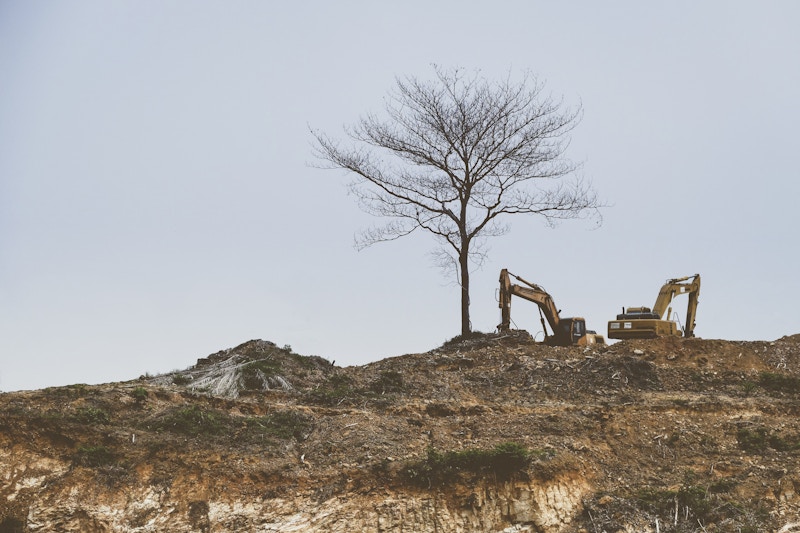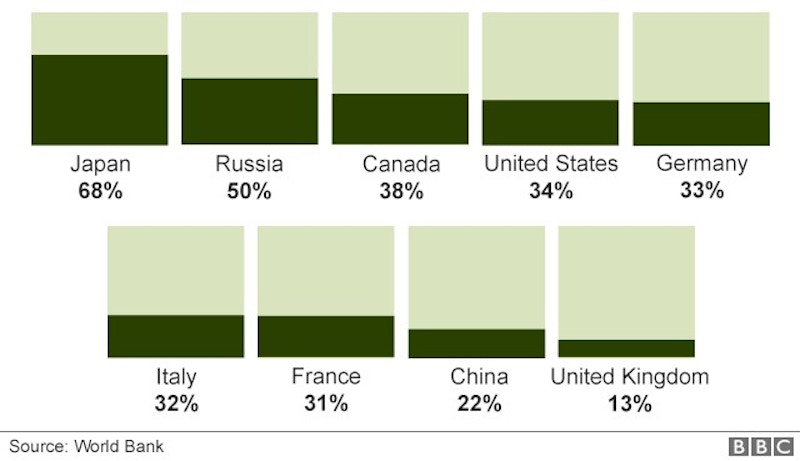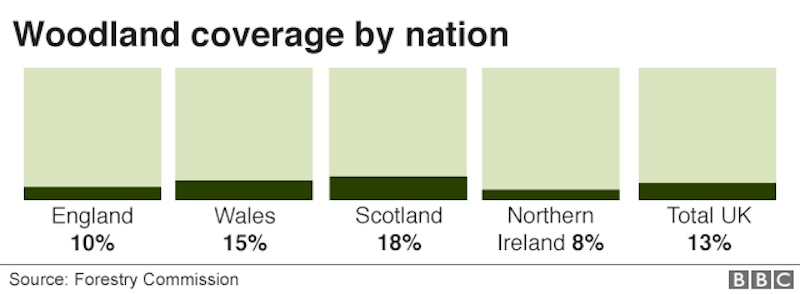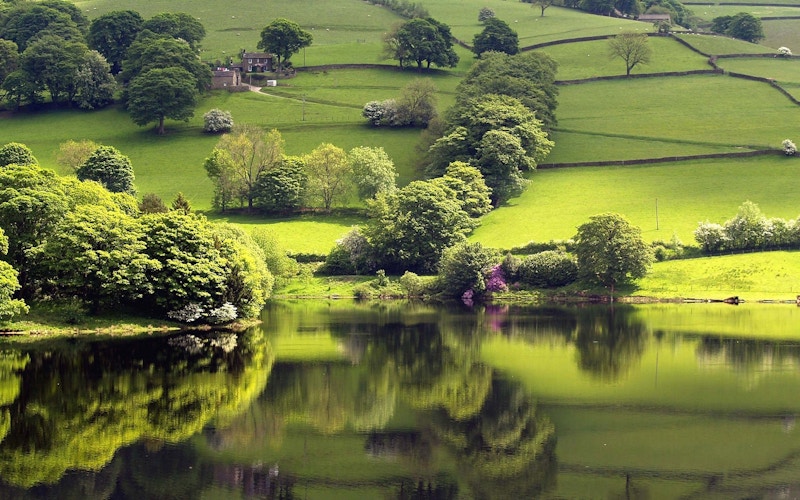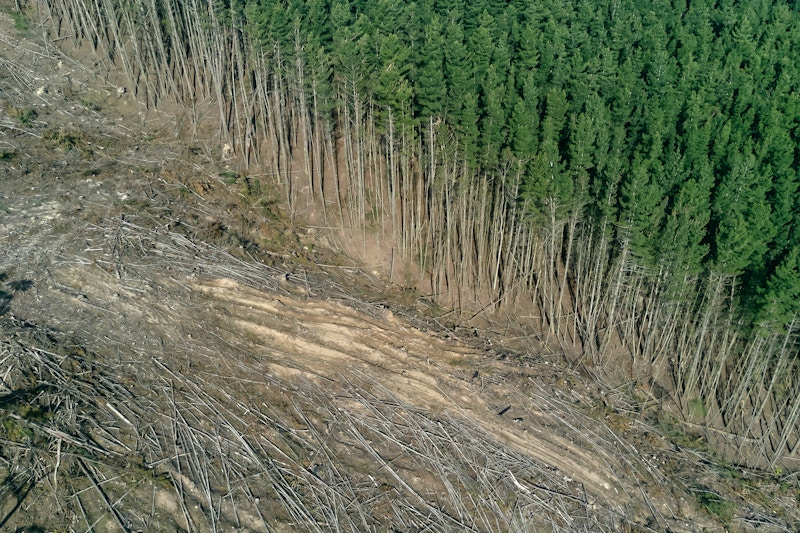How can we change?
So, how can we avoid on-going deforestation, halt our current woodland decline, increase afforestation, and benefit the nation, all at the same time? Well, The Woodland Trust outline several ways - a few of which I strongly believe in and have listed below.
1. Incorporate a ‘UK timber first’ policy into UK construction procurement.
a. The UK is the second biggest net timber importer in the world, after China. This means we spend large sums importing an essential raw material we could produce ourselves, as well as having a heavy environmental impact on global natural forests, instead of creating new forests which would provide an environmental benefit to the UK. Timber can be manufactured into materials to replace other oil-based products in our society, for example the plastic packaging causing such damage to marine life. The government must accelerate green development by supporting the UK timber industry, through both procurement and promotion.
2. Implement an effective programme of protective and beneficial animals into the woodlands, to better facilitate the creation of productive, managed broadleaf woodlands. Phase out firewood imports from abroad both to reduce the threat to biosecurity and to stimulate woodland management through a market for locally-produced wood fuel.
a. Climate change, the increasing volumes of plant material we import, and the doubt over borders and governance caused by Brexit and ongoing devolution within the UK, all mean that the risk of new pests and diseases affecting our forests are increasing. Ash Dieback and Larch Tree Disease are both ongoing serious national incidents, and Dutch Elm Disease remains an endemic threat. To reduce the risk of more outbreaks of this kind, it is vital that biosecurity measures are tightened.
3. Replace the Common Agricultural Policy with a new Common Countryside Policy, integrating support for forestry and woodland creation alongside other rural support schemes when the UK leaves the EU.
a. Increased tree planting is recognised as a priority across all four countries of the UK. Planting is stimulated by a grant: it can take two or more years to plan a large new forest, even before it is submitted for approval to Government, so it is vital that landowners and investors have confidence in the future availability of grants for establishment.
b. Establish confidence as well as rewards for farms that convert their disused farmland into new forests as well as offer advice and support on increasing efficiency of land kept. The food production lost as agricultural fields are planted could be regained with improved efficiency, as the best farms already produce double the quantity of food as the worst. Healthier government food guidelines could also reduce meat and dairy consumption, which produce the most greenhouse gases.
There are many other ways to support afforestation and to halt the decline of our national woodlands and forests, these are just a few easy steps to change the current path we’re on, a path that will inevitably end in disaster unless we intervene. We have the power to change our course and save natural world that is right in front of our eyes. It would be foolish and foolhardy to ignore the problem at hand or, even worse, to not fully appreciate the scale of the issue we face. There are reasons to remain positive, many charities, companies and government bodies are doing tremendous amounts to protect our environment, only more needs to be done. Below, you can find all the information you please, as well as ways to help, donate or even get involved.
As always, I would love to hear your feedback and your opinion on the matter, feel free to contact me and my colleagues at info@christian-watson.com
People of Interest and to support
https://www.woodlandtrust.org.uk/
We protect and campaign on behalf of this country’s woods, plant trees, and restore ancient woodland for the benefit of wildlife and people.
https://www.nationaltrust.org.uk/
From ancient trees to butterflies and otters, our places are full of life. We're working hard to safeguard nature for years to come
https://www.greenpeace.org.uk/
As a registered charity we spend our funds on work that includes scientific research, education and promoting sustainable development.
https://www.clientearth.org/
ClientEarth is a charity that uses the power of the law to protect the planet and the people who live on it.
http://www.confor.org.uk/
Our aim is to support sustainable forestry and wood-using businesses
https://www.growninbritain.org/
Grown in Britain is bringing together people and businesses in a way no government or individual company can. In doing so, we're transforming the forestry sector, growing our woodlands and forests, and bringing about sustainable change that benefits wildlife, the public and the economy.
https://www.woodlandheritage.org/
A UK more self-sufficient in timber grown in healthy, well-managed woodlands that benefit people and wildlife.

